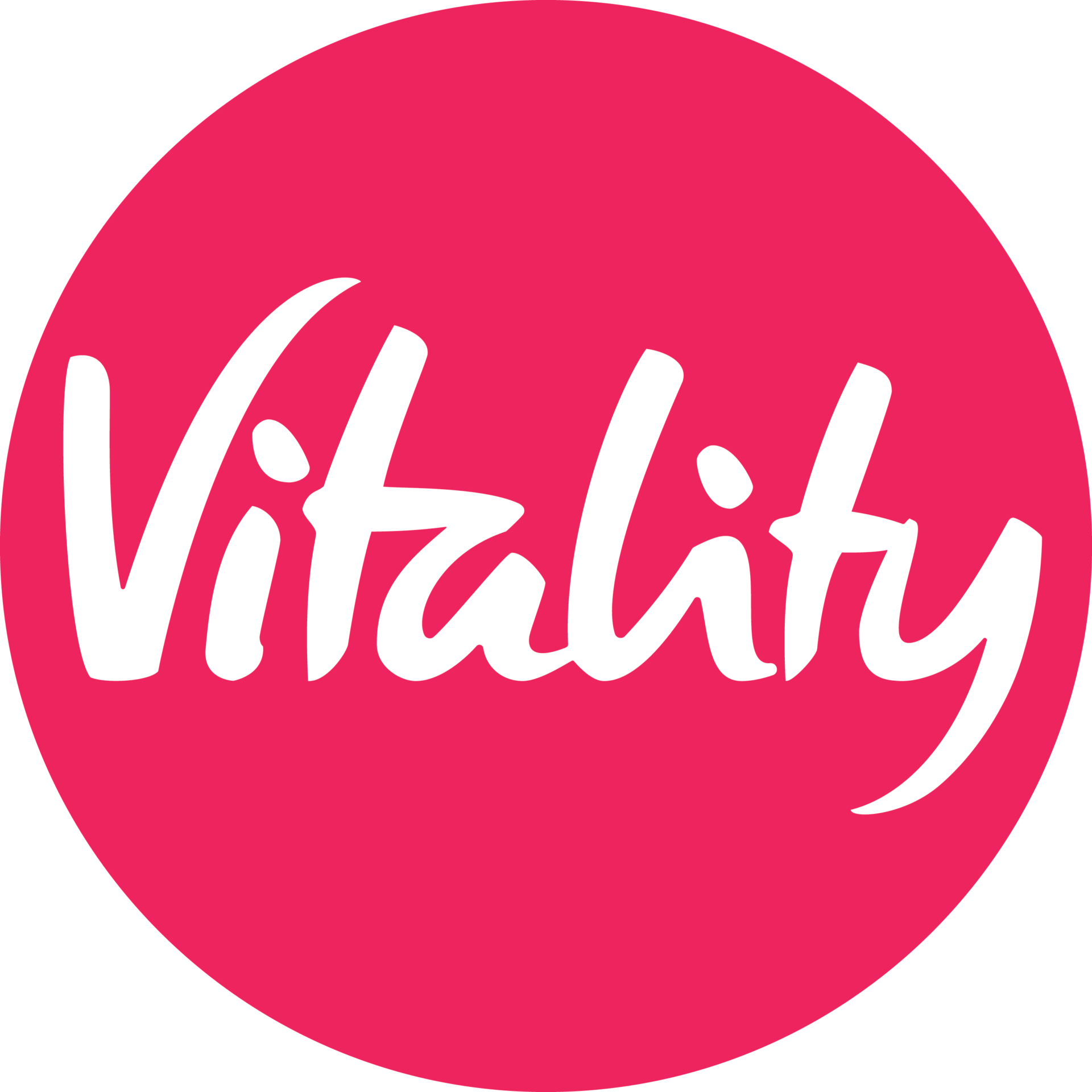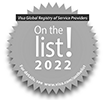🧠 “Nearly 6 million more Americans turned to talk therapy between 2018 and 2021. But what about the millions still falling through the cracks?”
In a recent conversation, Lorné Liebenberg, Director of Clinical Product Strategy, and Sarah Downs, Director of Program Development and Delivery of Health Coaching, explored how coaching is reshaping access to mental health support at Vitality.
Lorné: This study looked at people using psychotropic medication, treating conditions like depression and anxiety. As a nurse, I’m glad more people are engaging in talk therapy, but 8.5% still feels low.
Healthcare is a complex team sport, and improving outcomes often involves combining interventions. But success isn’t just about what you do—it’s about whether it leads to tangible, measurable health improvements.
There are real barriers to both medication and therapy, some of those being cost, access, and stigma. Telehealth has helped, but we’re still discussing licensed mental health providers. There’s another resource that’s often overlooked: health coaches.
Sarah: Exactly. Coaches aren’t therapists and don’t diagnose or treat mental illness, but they play a vital role in supporting mental wellbeing. Through client-centered, non-judgmental conversations, coaches help individuals manage everyday stress, build emotional resilience, and adopt sustainable lifestyle habits that support a balanced mind and body. Coaching isn’t a replacement for clinical care but a powerful, proactive way to support mental health before challenges become crises.
They empower clients to clarify values, set meaningful goals, and stay accountable to practices like mindfulness, self-care, movement, and boundary-setting. This consistent, strengths-based support fosters long-term wellbeing and complements clinical care, making coaches a key part of a holistic approach to health.
Lorné: Yes, absolutely. From what we’ve seen at Vitality, coaches often uncover the real barriers to engagement, things that data alone can’t surface. In a one-on-one conversation, they can read between the lines and provide insight to help someone take the next step, whether that’s starting therapy, sticking to medication, or just making a small change. And because our coaching is digital, it’s accessible to more people.
We’re always working with clients to help them maximize their resources for employee engagement and wellness. A question we often get is: Why coaching? Why now?
Sarah: That’s a great question. Coaching is deeply personalized – it’s not a one-size-fits-all approach. It’s about meeting people where they are and helping them find what works for them in their real lives. This kind of support leads to meaningful, lasting change.
And the results speak for themselves. When we looked at people who worked with a coach compared to those who didn’t, we saw a clear difference in healthcare costs. On average, those who participated in coaching had $250 less in medical claims the following year. Meanwhile, those who didn’t engage in coaching had over $300 more in claims costs during the same time.
That’s a difference of more than $550 per person, proving that coaching improves wellbeing and helps control rising healthcare costs. It’s an impact you can measure and a wise investment in long-term health.
Lorné: Exactly. And part of what makes that impact so powerful is the deep connection between mental and physical health. We see it all the time: when someone struggles emotionally, it affects their ability to manage things like sleep, nutrition, and physical activity. And those lifestyle behaviors aren’t just nice-to-haves—they’re critical levers for preventing and treating chronic conditions. Coaching helps people build those habits to support both mind and body.
That’s why I find it so encouraging to see how coaching is evolving—not just in one-on-one settings, but in ways that can reach more people, more meaningfully. Sarah, can you share more about the group coaching we offer at Vitality and how it supports that broader impact?
Sarah: Without a doubt, group coaching can be a powerful tool, especially when it comes to mental health. It’s beneficial for individuals and employers seeking scalable, cost-effective ways to support their workforce.
One of our most popular offerings is the Navigating Stress and Burnout program. It resonates because it tackles real, timely challenges while delivering multiple benefits in a single, efficient format. Group coaching creates a supportive, social environment where participants feel seen, heard, and connected. Through shared experiences, social accountability, and camaraderie, it fosters trust, motivation, and a sense of belonging at a time when nearly 1 in 2 U.S. adults report feeling lonely, a crisis with serious health implications.
But here’s where it really moves the needle: it enables employers to reach more of their population, including those who might not engage with traditional clinical care, on mental health challenges that ripple across overall health and cost.
Stress, burnout, and poor sleep don’t just affect emotional wellbeing; they directly impact physical health markers like blood pressure, glucose levels, and weight management. When people are overwhelmed or emotionally depleted, it’s harder to stick to healthy habits or manage chronic conditions. By addressing these upstream mental health drivers through coaching, employers can reduce avoidable medical costs while improving their workforce’s quality of life and resilience.
In short, it’s a high-impact, resource-efficient way to deliver personalized support at scale, and a smart investment in the long-term health of your people and your organization.
The takeaway? Coaching helps people unlock what’s getting in the way. It’s holistic, personalized, and scalable, and when done right, it drives better outcomes at a lower cost.
To learn more about Vitality coaching, contact us to schedule a demo.







